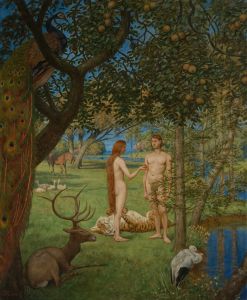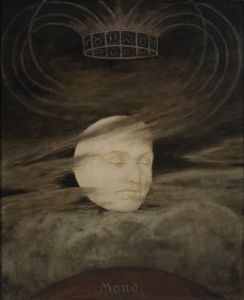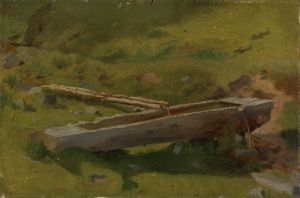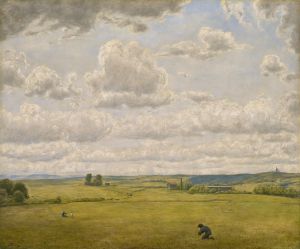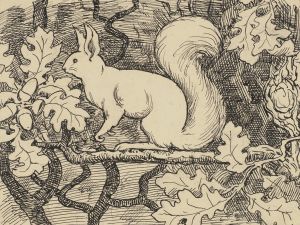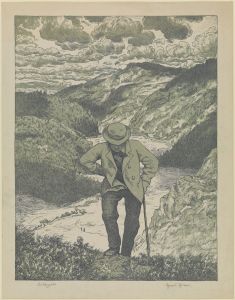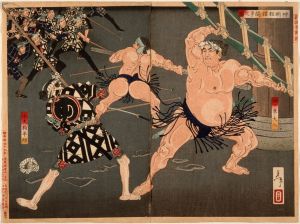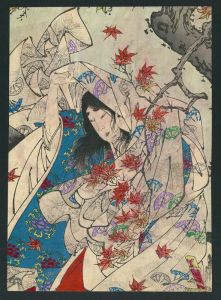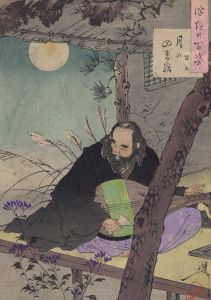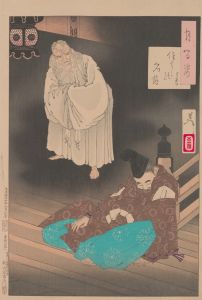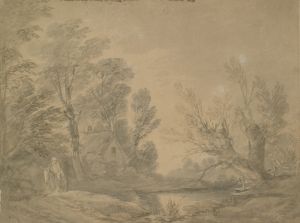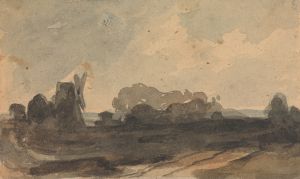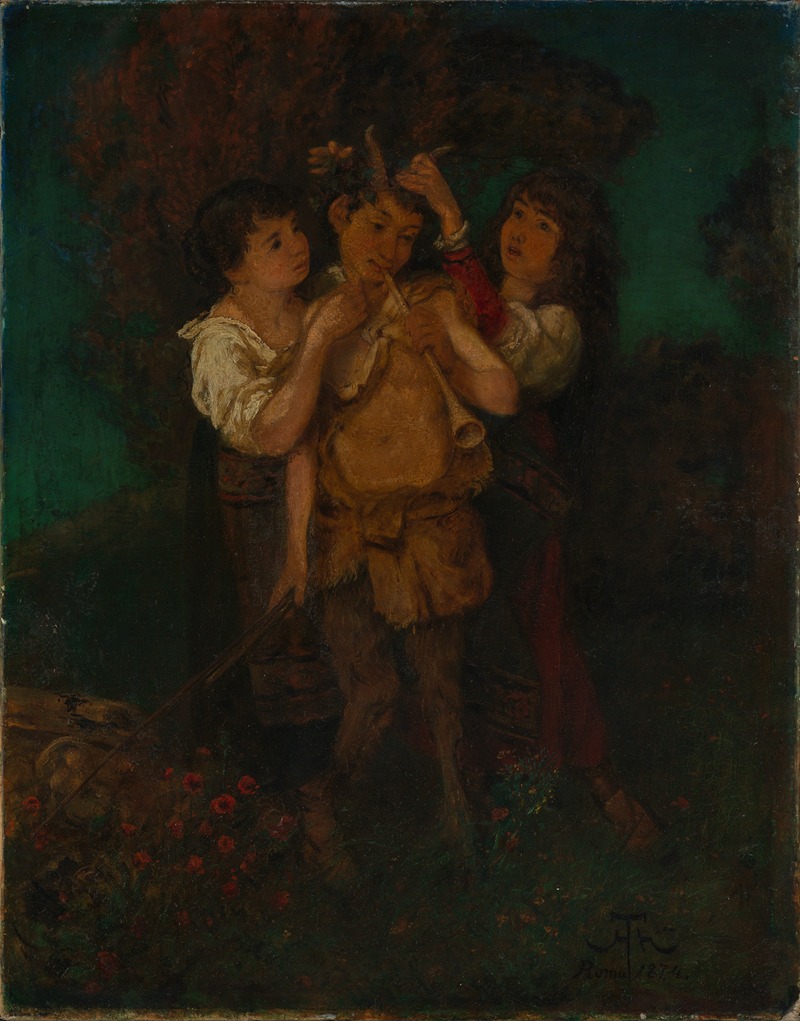
Der gefeierte Pan
A hand-painted replica of Hans Thoma’s masterpiece Der gefeierte Pan, meticulously crafted by professional artists to capture the true essence of the original. Each piece is created with museum-quality canvas and rare mineral pigments, carefully painted by experienced artists with delicate brushstrokes and rich, layered colors to perfectly recreate the texture of the original artwork. Unlike machine-printed reproductions, this hand-painted version brings the painting to life, infused with the artist’s emotions and skill in every stroke. Whether for personal collection or home decoration, it instantly elevates the artistic atmosphere of any space.
Hans Thoma was a German painter born on October 2, 1839, in Bernau, in the Black Forest region of Germany. He is known for his landscapes, portraits, and mythological themes, often drawing inspiration from German folklore and nature. One of his notable works is "Der gefeierte Pan" (The Celebrated Pan), which reflects Thoma's interest in mythological subjects and his ability to blend them with naturalistic elements.
"Der gefeierte Pan" depicts the Greek god Pan, a rustic deity associated with nature, shepherds, and flocks. Pan is often portrayed as a half-human, half-goat figure, embodying the spirit of the wild and untamed natural world. In Thoma's painting, Pan is celebrated, suggesting a scene where the god is revered or honored, possibly in a pastoral setting that aligns with Thoma's affinity for landscapes.
Thoma's style is characterized by a detailed and realistic approach, often incorporating elements of the German Romantic tradition. His works frequently exhibit a harmonious blend of human figures and natural surroundings, creating a sense of unity between humanity and nature. This approach is evident in "Der gefeierte Pan," where the depiction of Pan likely emphasizes the connection between the divine and the natural world.
Throughout his career, Hans Thoma was influenced by various artistic movements and figures. He studied at the Karlsruhe Academy of Fine Arts and later in Düsseldorf, where he was exposed to the Düsseldorf School of painting, known for its detailed and realistic style. Thoma also spent time in Paris, where he encountered the works of Gustave Courbet and the Barbizon School, further shaping his artistic development.
Thoma's work gained recognition in the late 19th and early 20th centuries, and he became associated with the Munich Secession, a group of artists who sought to break away from traditional academic art. His paintings often reflect a sense of nostalgia and a longing for a simpler, more harmonious existence, themes that resonated with the broader cultural movements of his time.
"Der gefeierte Pan" fits within this context, as it embodies Thoma's fascination with myth and nature, while also showcasing his technical skill and attention to detail. The painting likely features a composition that balances the figure of Pan with the surrounding landscape, creating a scene that is both dynamic and serene.
Hans Thoma's legacy as an artist is marked by his ability to capture the essence of the natural world and its mythological dimensions. His works continue to be appreciated for their beauty and their ability to evoke a sense of wonder and reverence for nature. "Der gefeierte Pan" stands as a testament to Thoma's artistic vision and his contribution to the German art scene of his time.






